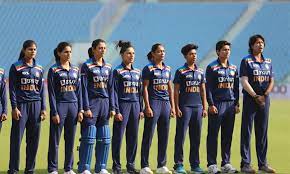The ratio of male to female national players in India is approximately 3:1. This means that there are three times as many male national players as there are female national players. This disparity is evident across all sports, but it is particularly pronounced in some sports, such as cricket and football.
There are a number of factors that contribute to this disparity, including:
- Gender stereotypes: In India, there are still strong gender stereotypes about what sports are appropriate for men and women. For example, cricket is often seen as a "man's sport," while badminton is often seen as a "woman's sport."

- Lack of opportunities: There are fewer opportunities for girls and women to play sports in India than there are for boys and men. This is due to a number of factors, including lack of access to facilities, lack of coaching, and lack of parental support.
- Cultural taboos: In some parts of India, there are cultural taboos against girls and women playing sports. For example, in some communities, it is believed that playing sports will make girls less feminine or that it will damage their reproductive health.
Despite these challenges, there has been a growing movement in recent years to encourage girls and women to play sports in India. This movement has been driven by a number of factors, including the success of Indian women's teams in international competitions, the growing awareness of the benefits of physical activity for women, and the increasing availability of opportunities for girls and women to play sports.
As a result of this movement, the number of female national players in India has increased in recent years. However, there is still a long way to go before the ratio of male to female national players is equal. More needs to be done to address the gender stereotypes, lack of opportunities, and cultural taboos that prevent girls and women from playing sports in India.
Here are some of the things that can be done to increase the number of female national players in India:
- Challenge gender stereotypes: It is important to challenge the gender stereotypes that discourage girls and women from playing sports. This can be done through education, awareness campaigns, and role models.
- Create more opportunities: There needs to be more opportunities for girls and women to play sports. This includes building more sports facilities, providing more coaching, and encouraging parental support.
- Break down cultural taboos: It is important to break down the cultural taboos that prevent girls and women from playing sports. This can be done through education, awareness campaigns, and working with community leaders.
By addressing these challenges, we can help to increase the number of female national players in India and create a more level playing field for girls and women in sports.